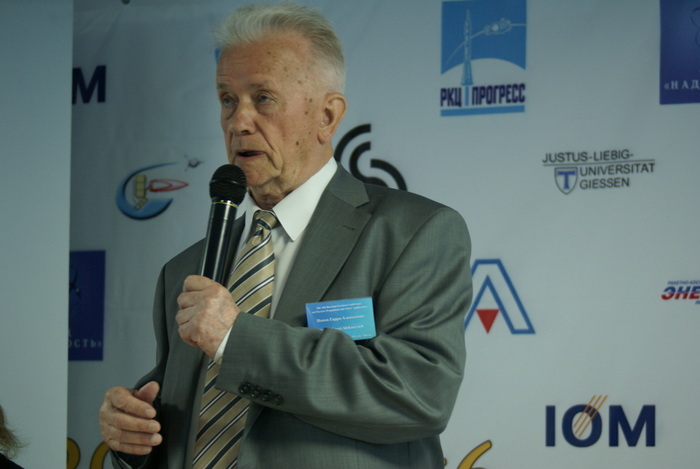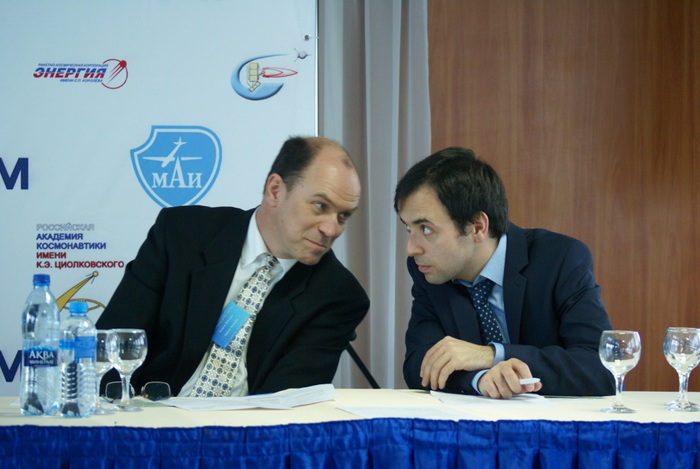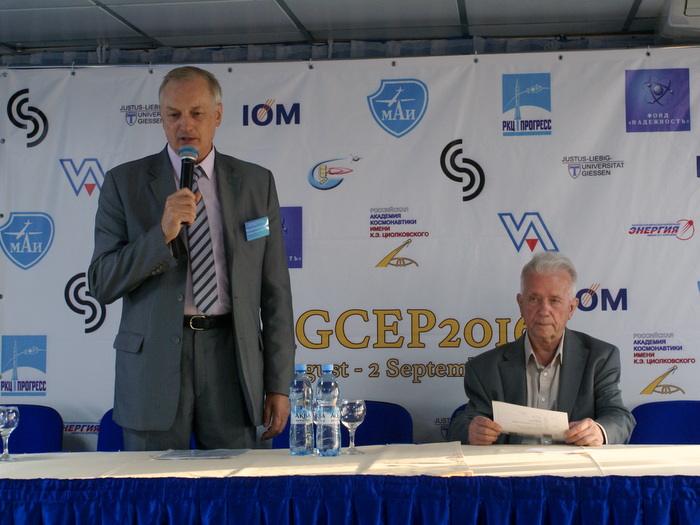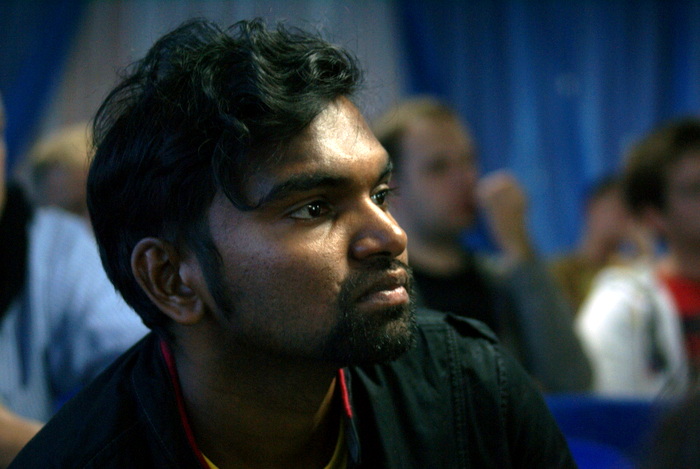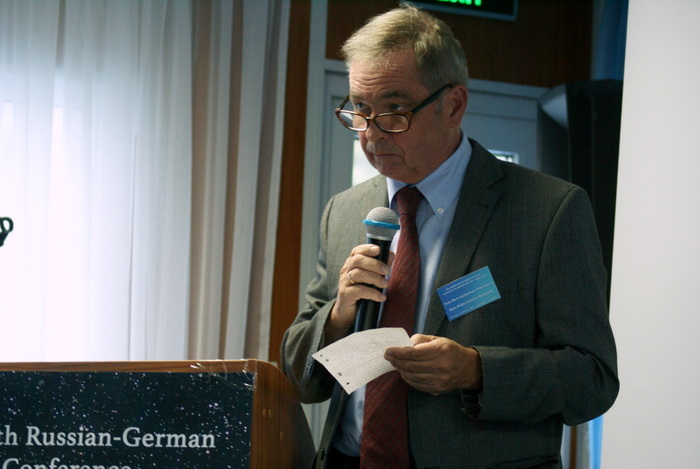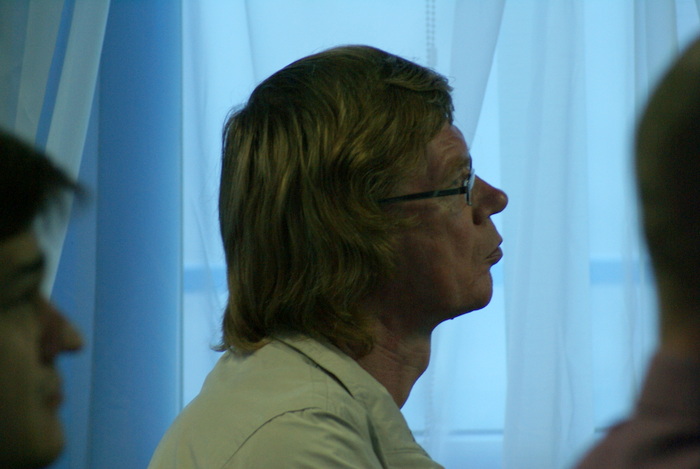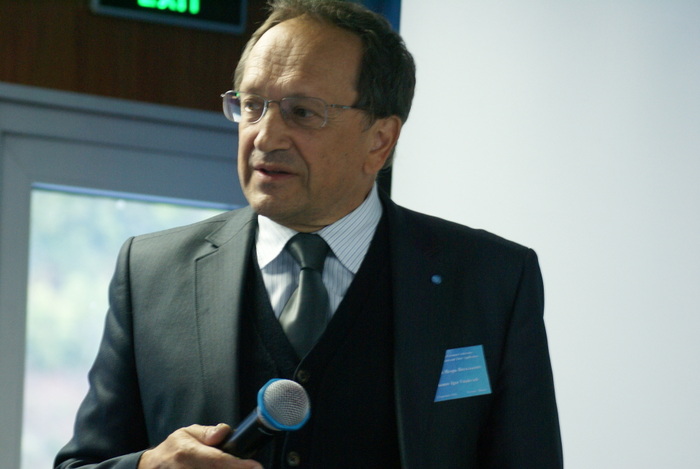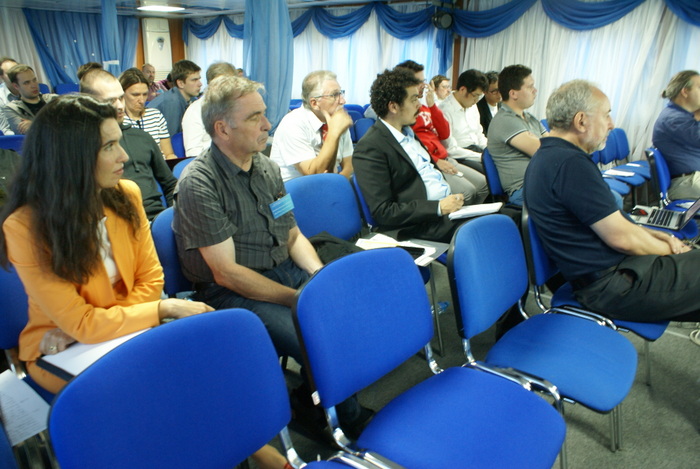Samara University has summarized the results of the 6th Russian-German Science Conference on Electric Rocket Engines (ERE) and the application of these results in the design of spacecraft for near- and deep-space programs.
The conference was attended by 83 researchers from Russia, Germany, China, Spain, France, and India. Fakel R&D Bureau, Progress RCC, and Energia RSC provided active support to the conference. The conference was co-chaired by University of Giessen professors Horst Loeb and Horst Neuman, RAS member, Director of the Research Institute of Applied Mechanics and Electrodynamics at the Moscow Aviation Institute (MAI) Garry Popov, Rector of Samara University Evgeny Shakhmatov, and General Director of Progress RSC Alexander Kirilin.
Conference participants delivered more than 60 reports on developing and studying various types of electric rocket engines. They covered fundamental and applied studies on the topic of designing electric rocket engines of different types and their components, as well as their application onboard spacecraft of varying purpose.
The key topics of the conference were: ion engines, stationary plasma engines, problems of flight dynamics and control, design of the electric power unit for spacecraft, problems of using electric propulsion on small, micro- and nanosatellites; application of ERE for the disposal of space garbage and protecting the Earth from asteroid and comet hazards.
The practical application of EREs in the near future was discussed with particular intensity in relation to the report by Sergey Tkachenko, Professor of the Department of Space Machine-Building, which was dedicated to small spacecraft, such as the Aist-2D satellite, created by researchers at Samara University and specialists at Progress RSC.
The SSC Aist-2D was first launched into space in April 2016 as part of the inaugural series of launches from Vostochny – Russia’s brand-new cosmodrome. Work is currently being done to improve the SSC of this series, including the installation of electric rocket engines on this spacecraft. The experience of using an ERE for the Aist-2D satellite will subsequently be used for other small spacecraft.
All conference participants said that they appreciated the high caliber of the event, and noted that such international conferences are important for expanding cooperation in the sphere of designing and using EREs.
“Many of the speakers at the conference presented interesting and practical ideas. I was particularly interested in the new experimental research being conducted. I was also happy to see some unexpected parallels between my research and the research of other authors,” said Andrey Plokhikh, Ph.D., D.Sc. (Tech), Professor at the Research Institute of Applied Mechanics and Electrodynamics at the Moscow Aviation Institute.
Next time, the Russian-German Science Conference on Electric Rocket Engines will be held in 2018 in Germany. However, as soon as in 2017, a number of conference participants, including visitors from abroad, will return to Samara University.
